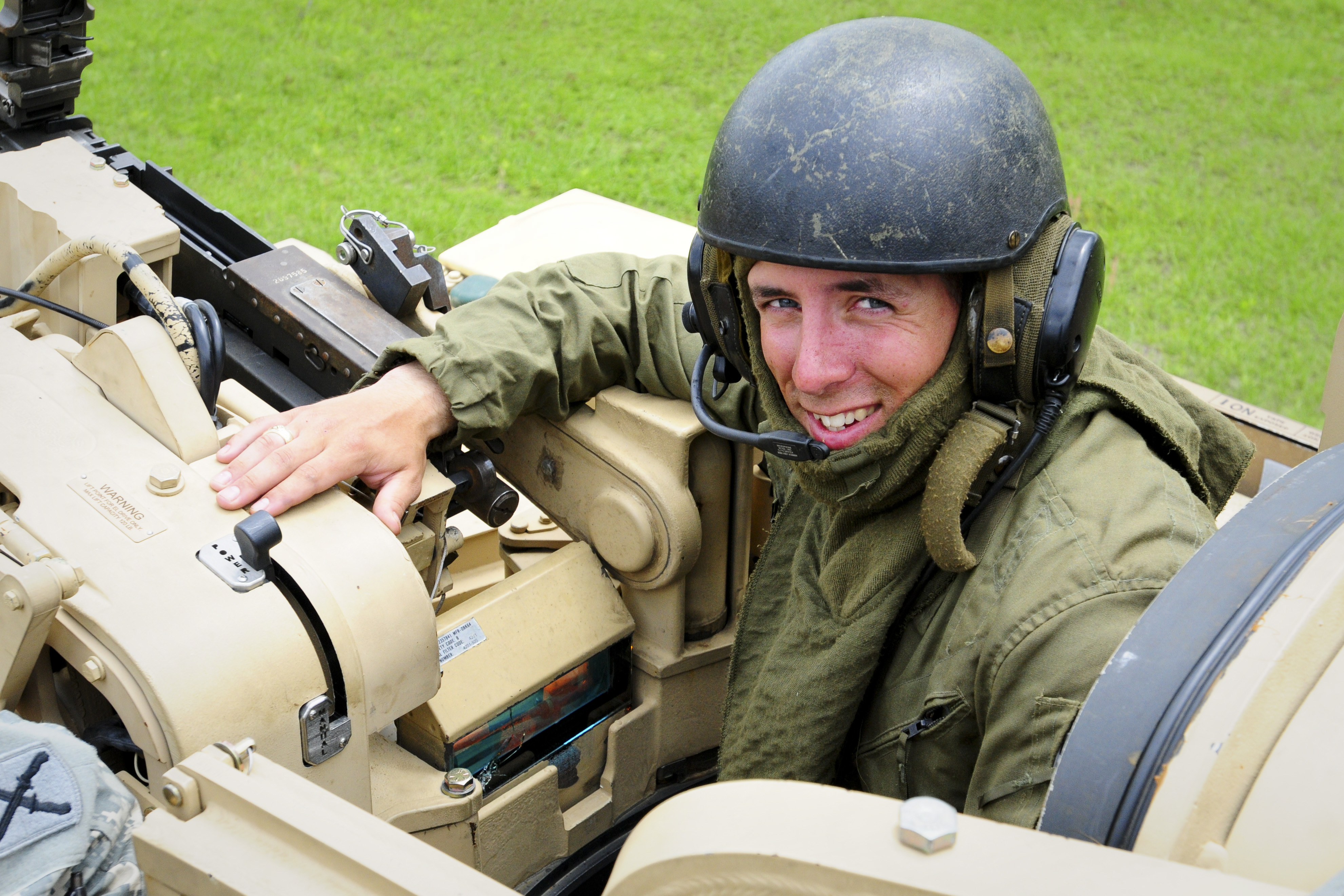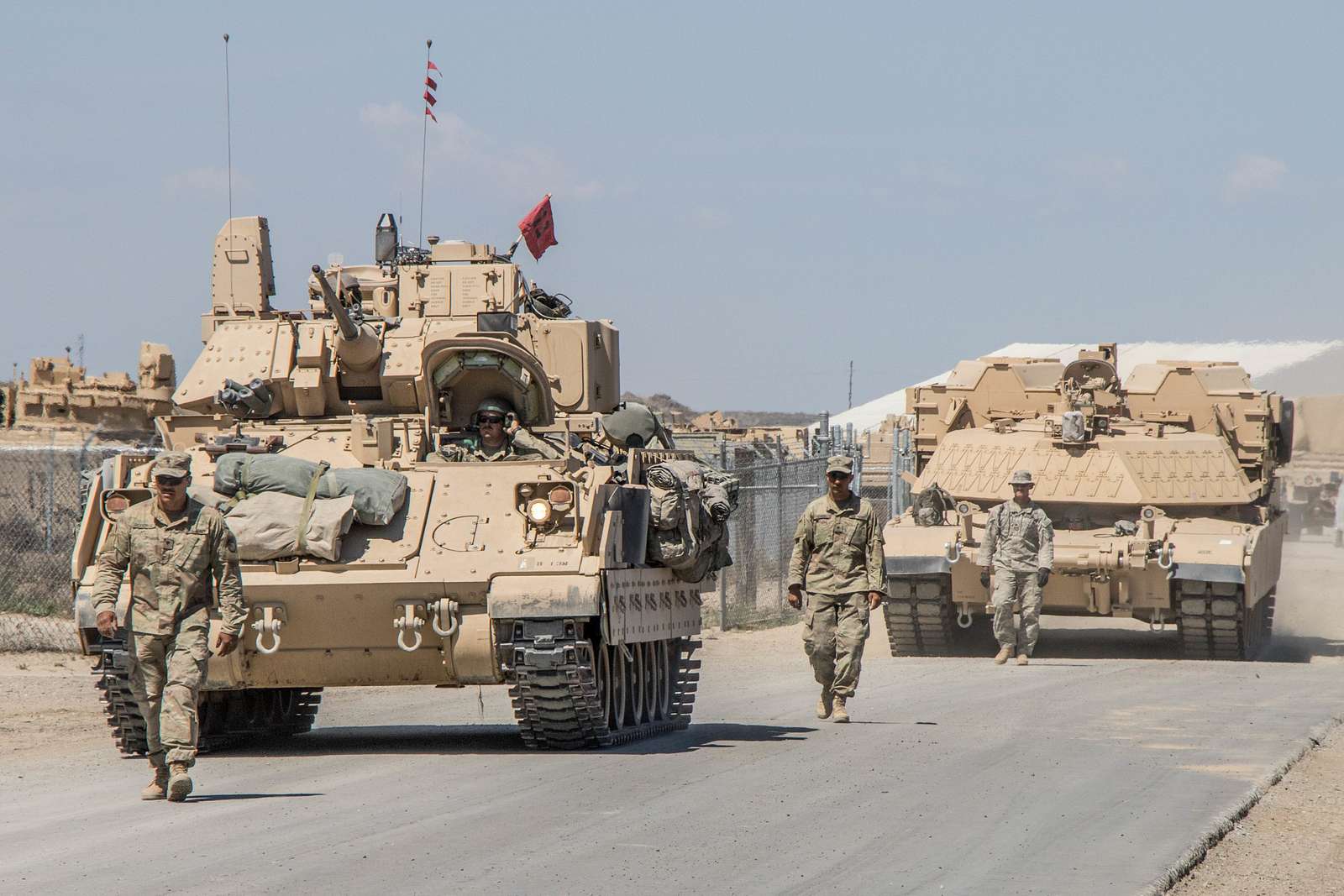Combined Arms Battalion - I have already written the first part about the (limited) options available to the military for the future given the decline of the entire WARRIOR fleet, but it is time to discuss the matter in more detail. The reason this comes back is the fact that we've basically been told that no more Boxer acquisitions are coming, and until at least 2030, AJAX and BOXER are in their current numbers and forms. Everything is there to work.
As we try and think about where the Army goes from here, we cannot ignore what the Armed Forces think tank has outlined as the essential attributes of the future force in the Integrated Operations Concept 2025:
Combined Arms Battalion

Integrate into more complex networks of systems through Combat Cloud that maximizes data usage.
Cougar Company Excellence Award 2nd Combined Arms Battalion
The Army's "Concept Force 2035," which doubles down on similar design triggers. The study creates an army of 3 small but capable divisions of lighter, faster, more deployable and largely independent battlegroups, with dispersal as standard. Conceptual Force 2035 specifies that combined arms capabilities for dispersed warfare need to be organic at a low level to ensure that dispersed battlegroups do not have to wait for the best group to support them. This includes having more organic indirect fire capability and using light vehicles with more ATGW capability to compensate for the capability currently provided by MBTs.
BGs are expected to maneuver deeper, riskier and more aggressively, and I quote. Sacrifices and robotic systems are used to pressure reconnaissance, and I quote the point of destruction again, so that the BG can use insane operational speed to make up for the lack of mass.
The resulting BGs will have about 500 soldiers, but aim to match the current mission set of the 1,250-soldier armored BG, using robotics and greater operational speed. The force concept assumed that out of about 82,000 regular troops, the British Army could form about 48 combined battle groups. This organization will work with Assault Force, Covering Force, Echelon Force and Reserve Force as per Rule 4. These BGs are grouped into brigades with sufficient CS and CSS elements to fight, again, largely independent of division level.
The main characteristics described above are, to me, the key to the whole concept: if you want to fight more spread out and be lighter but still capable, you need to pack a serious punch and have a lot more abilities at command level. This is something we don't see at all in Strike. Firepower is dead on the priority list so far, which makes the whole thing incredible.
Chinese Armed Forces Orbat Part 2: Composition Of Ground Forces
Indeed, the most remarkable thing about Conceptual Force 2035 is that it is completely alien to what the British Army actually looks like today in terms of structure, "culture" and programs. For example, permanent combined arms battle groups in today's British Army are laughable among weapons purists and specialist isolationists. CS and CSS are scarce resources that are not fully balanced with infantry battalion numbers. Indirect fire and ATGW are weaknesses, not strengths. Act 4 is nowhere to be seen, and indeed the sources are so sparse in the various regions that even Act 3 is doubtful.
2035 is not too far off, especially in terms of defense procurement timelines. For example, the current effort to buy the BOXER will end in 2030 (quick as we know: it was 2032 some time ago). It is unclear whether the integrated review actually did anything to speed up the Mobile Fire Platform program to replace the AS90, which was once targeted for 2026 but then moved to 2029 by the IOC. Challenger 3's own 2029 target will only start working in 2027, and so on.
Conceptual Force 2035 is not a distant future: it is a future that is slowly building into the present. The glacial pace of conservation procurement means that this decade-plus is a virtual "tomorrow."
We have to face the painful reality: Boxers and Ajax are what the military needs to work with. Before 2030, it is not possible to see anything significant like ordering another batch of boxers.
Modern Warfare] Table Of Organisation And Equipment
Therefore, trying to adapt the existing equipment and structure of the present army to the objectives described above is the most urgent action facing the army.
The Strike genre is dead, but many of the underlying concepts live on. This in itself is not a bad thing: the British Army is small and needs to try to fight in a different, more "insurgent" way. As long as it doesn't lie to itself about what can be achieved, and the tools it needs to fight differently, the drive to innovate is admirable.
My readers know that I have been consistently opposed to strike brigades for years. I did this because the more the project "progressed", the more it became clear that it was not providing a structure that matched the idea. Moreover, it was clear that it would add disaster to an already overheated renovation project. And unfortunately, the cancellation of the WCSP followed, as was quite predictable.
My readers will already know that I do not believe that wheels are the key to adopting a more dispersed type of combat, and I certainly would never go along with the British Army and pretend that having wheels is enough to change its mobility. War Splinter combat is complex, dangerous and difficult. It needs more capacity, not less. This requires capabilities that are currently carried at the highest levels of command to be more widely distributed at much lower levels. One such example is air defense: if dispersed groups have little ability to defend themselves against air threats, in the age of drones and air power in general, dispersion alone cannot solve anything.
Th Combined Arms Battalion, South Carolina National G…
I also don't agree with the military's recent apparent claim that it could decide to go "deep war" with less care for "up close". It began, of course, with the strike itself: depending on the day and who you talk to, a strike was like a force pushing deep into a disorganized enemy's rear line, but without the initial battle phase to create a gap in the enemy's position. . And as I've written many times, I don't know how you can do that: having boxers on wheels is certainly not enough to think that, no matter how fluid the battlefield, your battle groups will go unnoticed and always have their lives near targets. At your leisure choose an imaginary rear area where you can target the A2AD platform without the enemy picking you off.
However geographically dispersed the hypothetical Russian battlegroups may be, they have access to a mass of artillery which they will be able to use much more easily than the British Army is trying to exploit to close the 'gaps'. It goes without saying that most, if not all, allies and close-companions have their own wheeled formations, always more heavily armored, to match any mobility advantage the boxer aims for.
However, wheels have clear advantages in enabling ground force elements to move independently over long distances without reliance on semi-trailers and trucks. Wheeled armor is also less thirsty, meaning they can do it with a smaller logistics train. For a small army with a (relatively) low budget, wheels can be a serious advantage.

I haven't changed my mind: ideally, tracks come with tracks and wheels with wheels, so that each configuration maximizes its best features. I've always been critical of the half-assed nature of Strike Brigade, and I still think it's a mistake.
Us Army Combined Arms Battalion (current)
I do this only because I don't think the military has a good alternative to what the future has and will be. If there is no possibility of significant new purchases of any kind of combat vehicles before 2030, I don't think there is any way to separate AJAX and BOXER, as they are both insufficient in isolation.
One can imagine trying to maintain separate heavy and tracked structures, but not without modifying and possibly extending the AJAX syntax. If AJAX was an IFV, it could replace Warrior. But AJAX has nowhere to take the infantry and there is no real way to change that fact. The vehicle's structure and large turret ring (specified in part because there was once also a medium armor variant with a 120 mm smoothbore gun) prevented any conversion to an IFV. Some AJAX-breaking contract "rewrites" are also probably nearly impossible to track.
Combined arms center, combined arms, joint operations combined arms, combined arms battalion mtoe, combined arms exercise, combined arms warfare in the twentieth century, combined arms game, joint ops combined arms gold, joint operations combined arms gold, combined arms battalion organization chart, us army combined arms battalion, combined arms operations in urban terrain
0 Comments